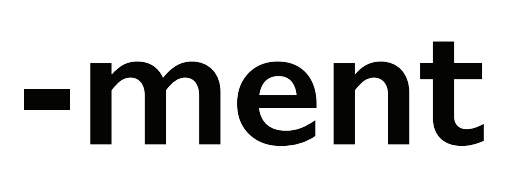5 tips to optimize your website blog content
August
Ceem Haidar
Without a doubt, business blogs on your website can drive a lot of organic traffic, if they are engaging and informative. Driving traffic to your blog requires a careful approach, and content should relate to your business or industry and differentiate you as a leader in your field of expertise. It should also appeal to your readers. It is also important that the website and the blog are easy to navigate and are visually appealing. Here are five tips to optimize your blog content, to drive traffic.
- Great content comes first
- Great content comes first
People want to read something that interests them, that is delivered in an engaging way. Quality content, in the age of Chat GPT, means that you offer your readers something extra, in your company or businesses’ authentic voice. It also means that you aren’t relaying on AI to draft your content (which can read as a repetitive, copy/paste of very generic information, that everyone has access to). When you deliver quality content in a passionate way, and divide content in a way that it is easy to digest, then readers will be more engaged, and your blog will most likely rank on the first page of search engines. Your content needs to make you stand out.
- Segment your content with H2 headers
- Segment your content with H2 headers
- Keywords are important so choose them carefully
- Keywords are important so choose them carefully
How many times has an article or blog title enticed you, and when you click on the link, all that you read is a poorly written piece, jammed with keywords? More often that not, I presume. Choosing targeted keywords and integrating them in a smart way in your blog post, in the title and subtitles, is important. You can opt to use Google as your primary search engine and look for keywords or phrases that people search for the most. Then integrate them in a non-invasive way into your content. There is a big difference between getting readers to your site, and actually keeping them there.
- Draft meta titles and descriptions based on your keywords
- Draft meta titles and descriptions based on your keywords
The first factor that drives people to click on a link and read an article or blog, is the relevance of the meta title, then the meta description, based on their query. Meta titles and descriptions should include your keywords, written in an engaging way. Meta titles should be catchy and depict what is in the blog post. They should average around 70 characters, and include your business name in there as well. Your meta description should describe what the article is all about, in an engaging way, and average about 150 characters.
- Include visually engaging material
- Include visually engaging material
Alongside quality content, visitors want to also be visually engaged. This means choosing an appropriate image that goes along with the blog post, and integrating videos, infographics or additional images in the body of the blog post. You can opt to use stock images and videos (make sure to credit the creator), or take your own. And remember, to add alt text, describing the visuals with keywords, which allows for search engines to read them.
At –ment, we have been doing this for years for clients from diverse industries. We even managed to have first page and first link blogs and articles, in industries that are very competitive. For SEO tips or to get your blog started with quality content, get in touch.
Share this on


Share this on


